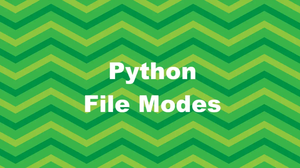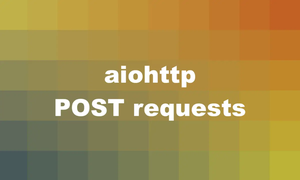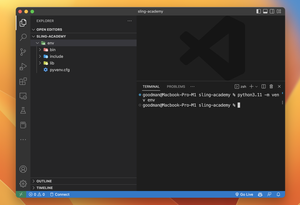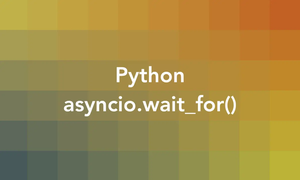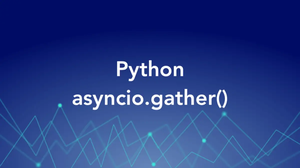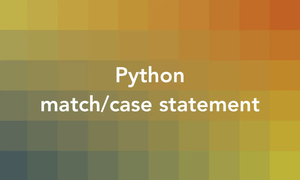Python does not have built-in methods or attributes like is_empty() or is_empty specifically designed to check whether a string is empty. However, there are other ways to achieve the same result using the existing functionality of the programming language.
Using a boolean expression
In Python, an empty string is considered “falsy,” meaning it evaluates to False in a boolean context. Conversely, a non-empty string is considered “truthy” and evaluated as True. This allows you to directly use the string in boolean expressions to check if it’s empty or not.
Example:
text = ""
if text:
print("Text is not empty")
else:
print("Text is empty")Output:
Text is emptyUsing the len() function
Another way to know if a string is empty is to use the len() function:
- Use the
len()function to get the length of the string. - Check if the length of the string is equal to 0.
- Return
Trueif the length is 0; otherwise, returnFalse.
Example:
string_1 = "Sling Academy"
string_2 = ""
if len(string_1) == 0:
print("String 1 is empty")
else:
print("String 1 is not empty")
if len(string_2) == 0:
print("String 2 is empty")
else:
print("String 2 is not empty")Output:
String 1 is not empty
String 2 is empty
